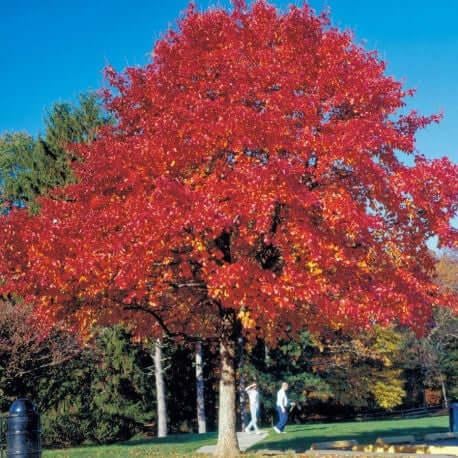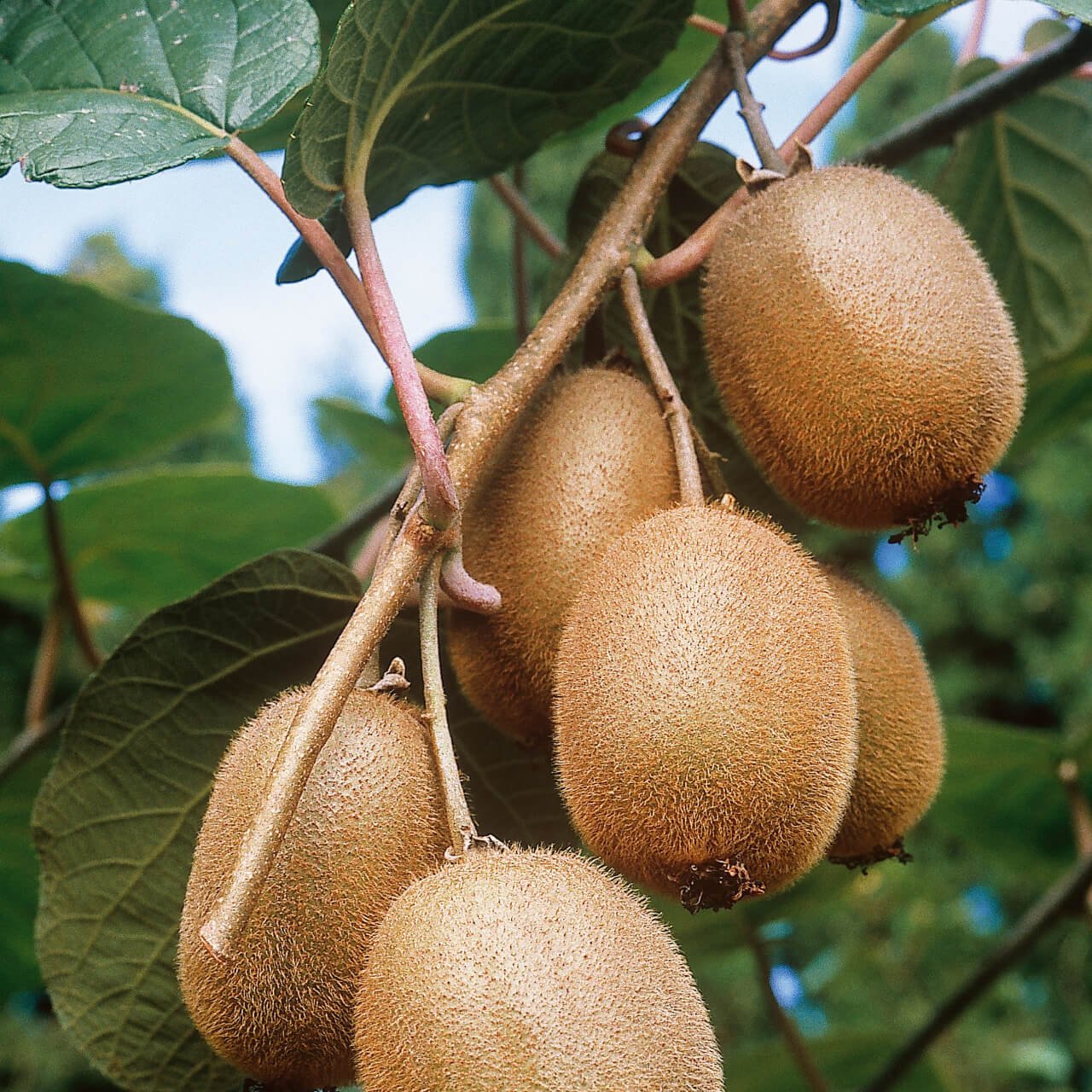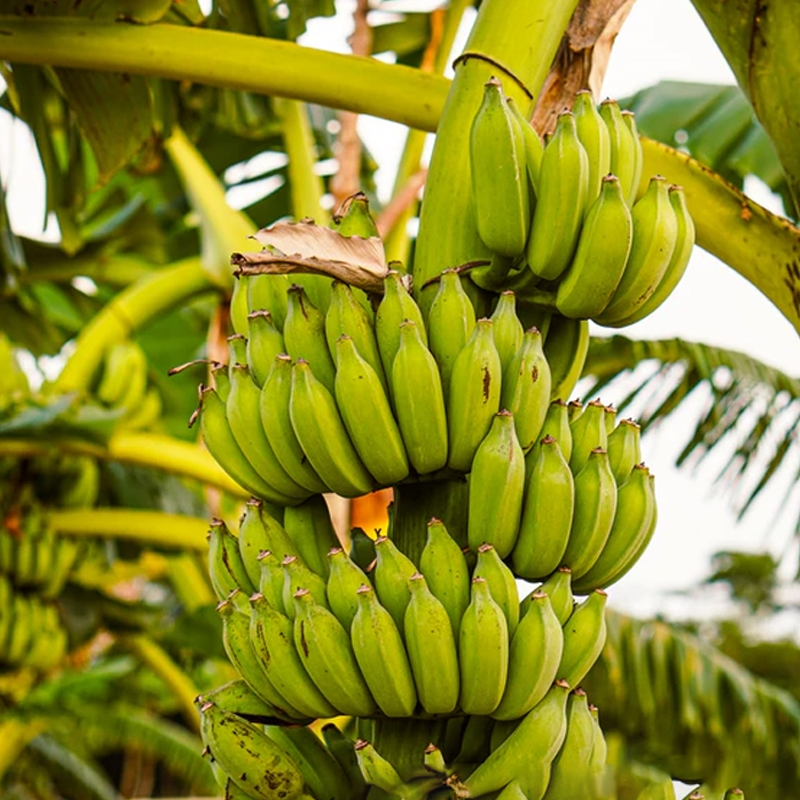



Northern Red Oak Seedlings
Provides excellent shade for landscapes
Beautiful fall foliage with vibrant colors
Low maintenance once established
Thrives in
ZONE 3ZONE 4ZONE 5ZONE 6ZONE 7ZONE 8This plant ships:
Ships November–April within 10 business days after the order is placed.Northern Red Oak Tree Seedlings -Quercus rubra
Northern Red Oak Tree Seedlings possesses a dense, wide canopy that shields outdoor areas from harsh sunlight, creating a cooler and more comfortable environment for relaxation and outdoor activities. The shade they offer can also reduce energy costs by lowering the temperature around buildings, thus decreasing the need for air conditioning.
Also known as Quercus rubra, they are one of the most popular types on earth. They're well-known worldwide for being able to sustain themselves in various conditions. When you add to this how stunningly beautiful they are, it's easy to see why so many people are attracted to them.
Northern Red Oak Tree Seedlings Has Stunning Leaves
The leaves have seven to nine lobes, are alternate, and can grow up to 10 inches long. Each leaf begins its life by sprouting out of a convolute bud. Initially covered in a soft, silky down, they transition to a smooth, dark green. They look their best, however, once fall comes. That's when the leaves become a brilliant crimson!
Northern Red Oak Tree Seedlings Have Unique Bark And Wood
When saplings grow into a tree, they will have light gray, smooth bark. Additionally, it will grow branchlets that cycle through several colors until finally landing on dark brown. As it matures, it will become a brownish gray.
The wood is reddish-brown, intense, complex, and heavy. It's also coarse-grained with a darker sapwood. During the winter season, dark chestnut brown buds will appear.
The acorns are considered quite a treat by wildlife, but they'll initially take approximately 18 months to mature. They will become quite prevalent and can take many different forms. For instance, they can come in pairs or be solitary, and they'll be stalked or sessile. The acorns will be green when they're still immature and change to a healthy nut brown when ready for your local squirrels.
Not only will they provide a safe harbor for a variety of small mammals and birds, but they're also commonly grazed by rabbits, moose, elk, and deer. In autumn, you can hear the acorns falling right off them, feeding squirrels, birds, and several other small mammals.
Once they reach their 10th year, they'll already have grown up to 20 feet high. They also make a fantastic thing to plant for subsequent generations to enjoy because they live for up to 400 years!
It grow best in full exposure to sunlight; the trees need a minimum of six hours of sunshine per day. It is adapted to well-drained, sandy, loamy soil that enables stronger root development.
Irrigation is very important, and it should be done regularly in the initial years. It is recommended to use deep watering only once a week when the climate is dry.
Prune it in late winter or early spring before budding. Pay particular attention to cutting away dead branches or those that cross over other branches in order to increase airflow as well as light penetration.
Northern Red Oak Seedlings are essential within their habitats because birds, mammals and insects get food from these trees as well as use them for shelter. It has very attractive foliage and impressive size that makes its use in landscaping highly desirable.
This Is How Your Plants Will Look upon Delivery

Height at Maturity
Over 25 Feet
Care
Northern Red Oak seedlings thrive in a well-drained, loamy soil. Water regularly to keep the soil moist but not soggy. Mulch around the base to maintain moistness and suppress weeds. For optimal growth, fertilize in early spring with a balanced fertilizer.
Plant Reproduction
Northern Red Oak seedlings spread by wind-dispersed acorns and root shoots
Plant seedlings in early spring or fall when temperatures are mild. Choose a well-drained site with the proper sunlight for the tree species. Dig a hole that's deep and wide enough to support but not hamper the root system without bending or crowding the roots. Place the seedling in the hole, ensuring the root collar (where the roots meet the stem) is level with or slightly above the soil surface. Fill the hole with soil, and pack it around the roots to remove air pockets. Water thoroughly after planting and keep the moisture consistent, especially during the first few years, to help the roots establish. Put a 2-4 inch layer of mulch around the base, but keep it away from the trunk to retain moisture and prevent weed growth. Protect the seedlings from pests and physical damage with suitable guards or fencing. Tree seedlings will thrive and grow into strong, healthy trees with proper care.
Shipping date depends on the date displayed and chosen when you order from the product's page.
We only accept returns on plants verified dead. If you think your plants have died, we offer a 1 year warranty, please use this File a Claim Link to verify dead plants and start with return warranty process.






Northern Red Oak Seedlings
This plant ships:
Ships November–April within 10 business days after the order is placed.
Generous Shade:
They provide ample shade and a majestic presence, perfect for cooling your outdoor space.
Vibrant Fall Foliage:
Northern Red Oaks turn brilliant red in autumn, adding stunning color to your landscape.
Easy Care:
Once established, Northern Red Oaks are low-maintenance, making them a practical choice for any garden.
Wildlife-Friendly:
Their acorns attract birds and animals, enhancing local wildlife habitats.
Caring Tips
How do I care for my Northern Red Oak Seedlings?
Each box contains detailed care instructions and information about your product. But here's the basics.
Care Tips
Northern Red Oak seedlings thrive in a well-drained, loamy soil. Water regularly to keep the soil moist but not soggy. Mulch around the base to maintain moistness and suppress weeds. For optimal growth, fertilize in early spring with a balanced fertilizer.
Light Requirements
Northern Red Oak seedlings thrive best in full sun to partial shade. They need at least 4-6 hours of sunlight daily to grow strong and healthy. Optimal light exposure promotes robust growth and enhances their adaptability to various conditions.
Hardy Planting Zones
3 • 4 • 5 • 6 • 7 • 8
Header
Use this content to share information about your store and products.
Frequently Asked Questions
How often should I water my plants?
How do I know if my plant is getting too much or too little sunlight?
What should I do to prepare my plants for winter?
What are the signs that my plant needs fertilizing?
How can I prevent pests from damaging my plants?
How do I choose the right plant for my climate zone?






